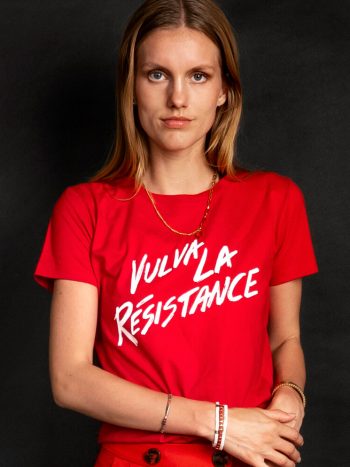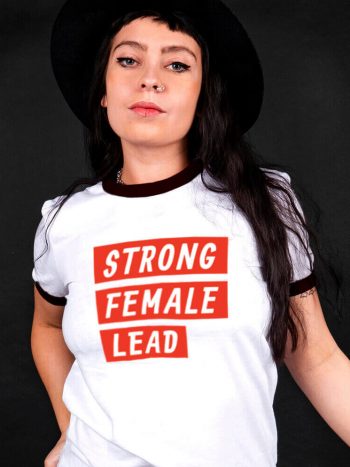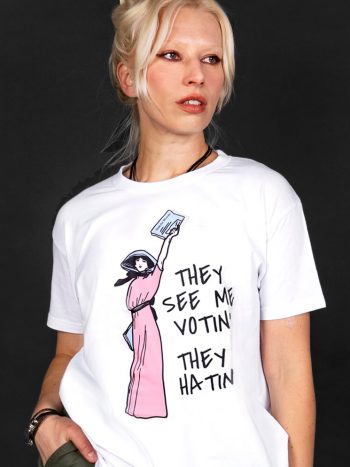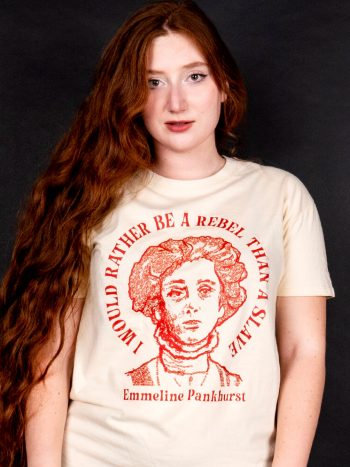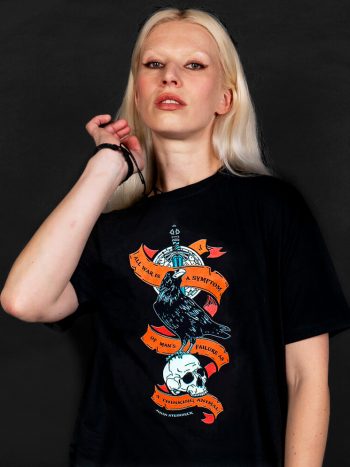Women’s reproductive freedom is on the line. In May, Alabama lawmakers passed America’s most restrictive abortion laws, making it illegal to terminate a foetus at any stage of pregnancy unless the mother’s physical or mental health was at stake, even in cases of rape or incest.
Georgia governor Brian Kemp passed a similar bill banning abortions once a heartbeat is detected, and Ohio and Mississippi are tabling similar laws, with the public set to fight back.
Given recent efforts by lawmakers to restrict abortion, you might think the procedure was on the rise. In fact, it’s less common than ever before. Between 2006 and 2015, the American abortion rate declined 26 percent to the lowest level on record. The biggest reason for the drop, experts say, isn’t tougher abortion laws — it’s better access to contraception.
And although religious groups have been some of the most vocal anti-abortion advocates in America, the majority of people who got abortions in 2014 identified as religious, with 17 percent listing themselves as mainline Protestant, 13 percent as evangelical, and 24 percent as Roman Catholic. The abortion rate among Catholic women was about the same as the national average, while among evangelical women it was about half the national average.
Mothers of newborns are guaranteed paid leave in 188 countries. Only 9 countries do not: Marshall Islands, Micronesia, Nauru, Niue, Palau, Papua New Guinea, Surinam, Tonga, and the United States.
THE ORIGINS OF FEMINISM
The feminist movement is usually categorized into three waves.
– The First Wave begins with the suffragette movement and the struggle for extending the right to vote to women in the late 19th and early 20th centuries.
– The Second Wave spans the mid 1960s through the late 1970s, with debates about abortion and equal pay.
– The Third Wave is intersectional. It began in the early 1990s and is associated with the emergence of alternative feminisms, such as queer and non-white feminism.
YOU MIGHT LIKE THESE T-SHIRTS


